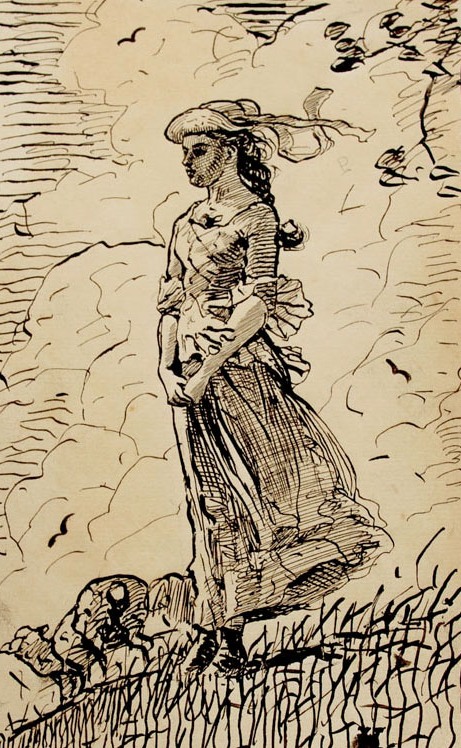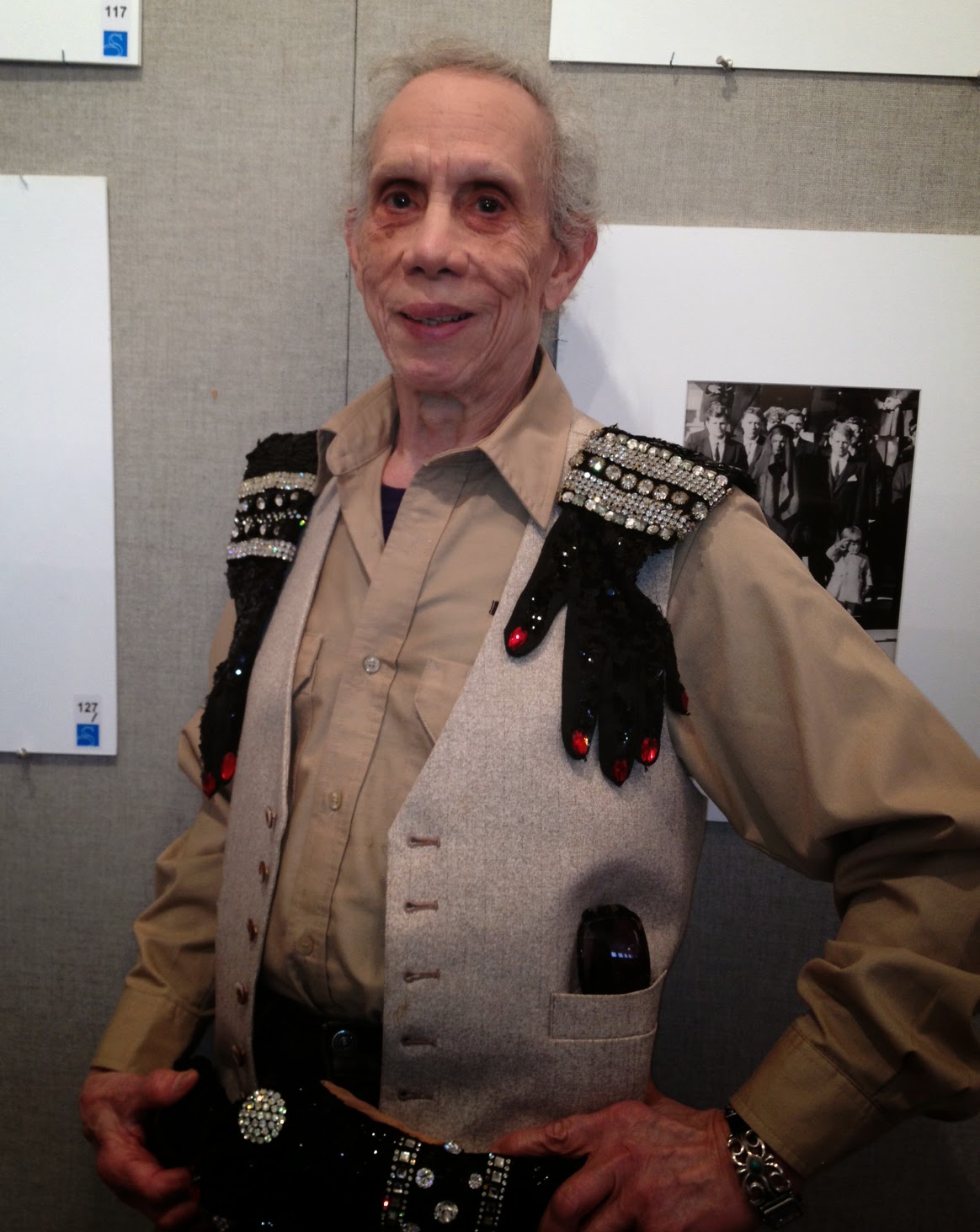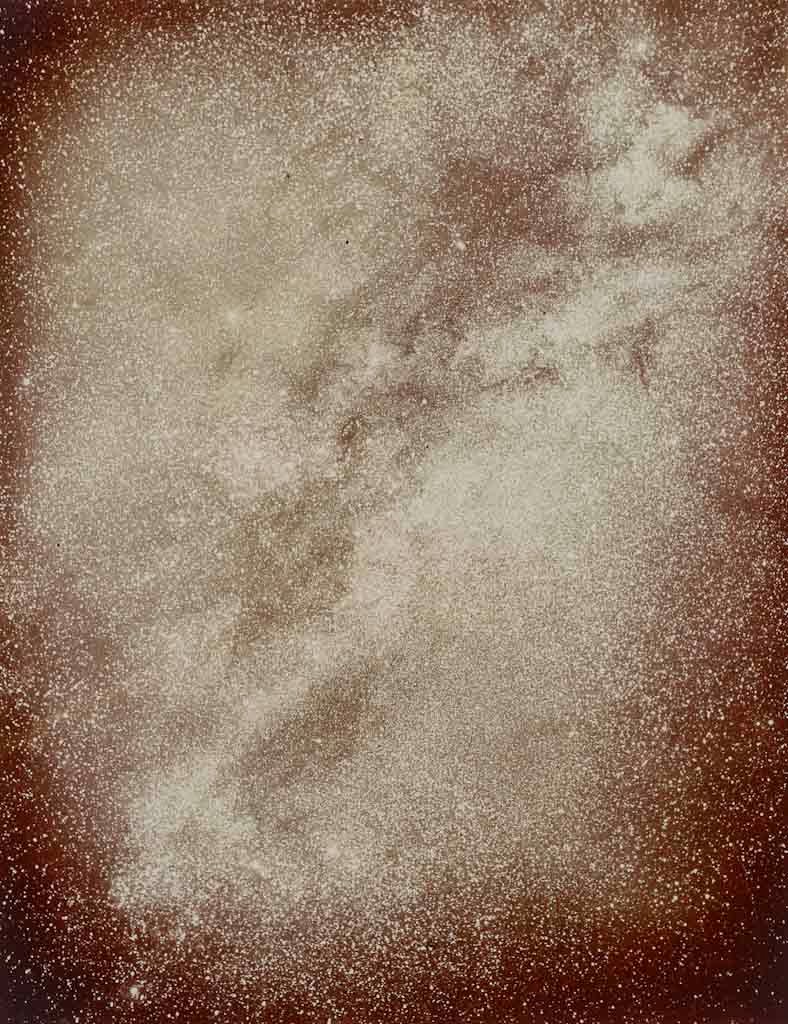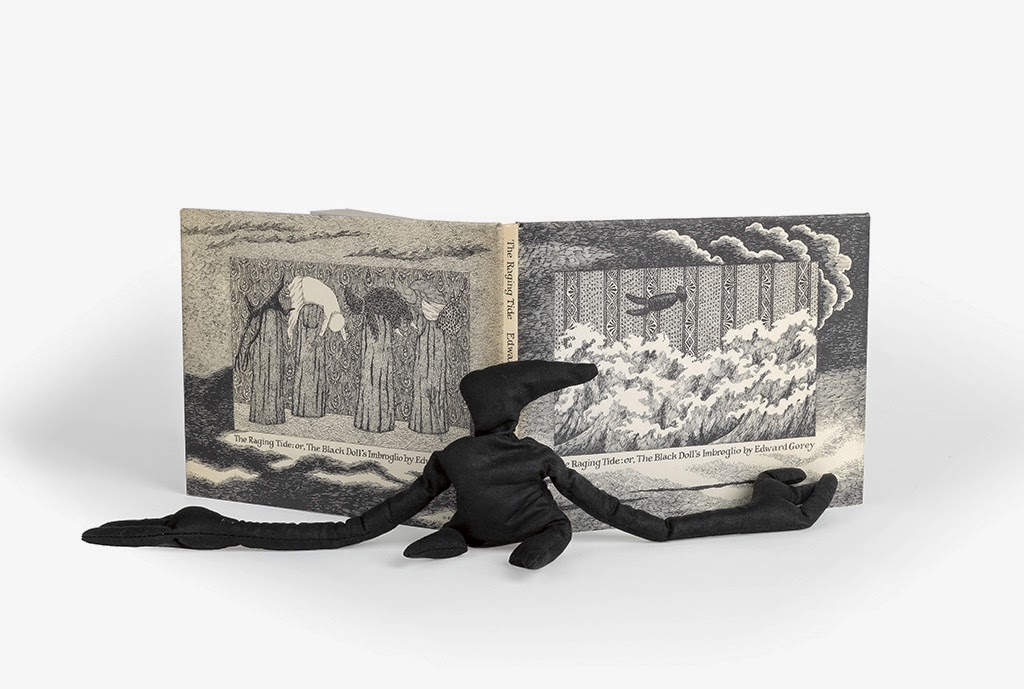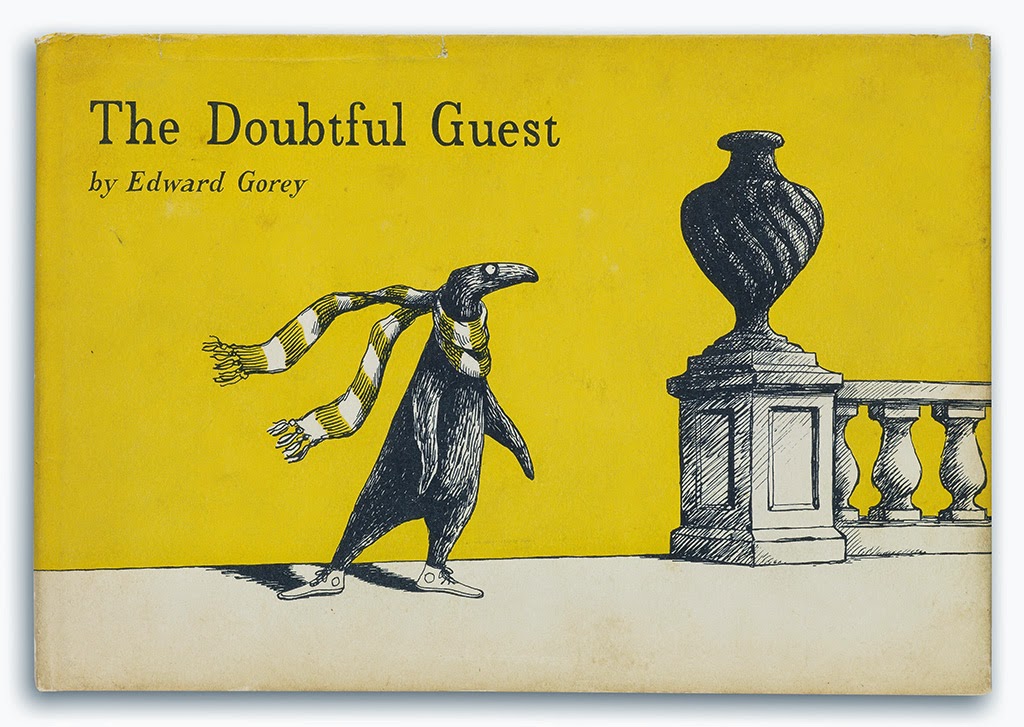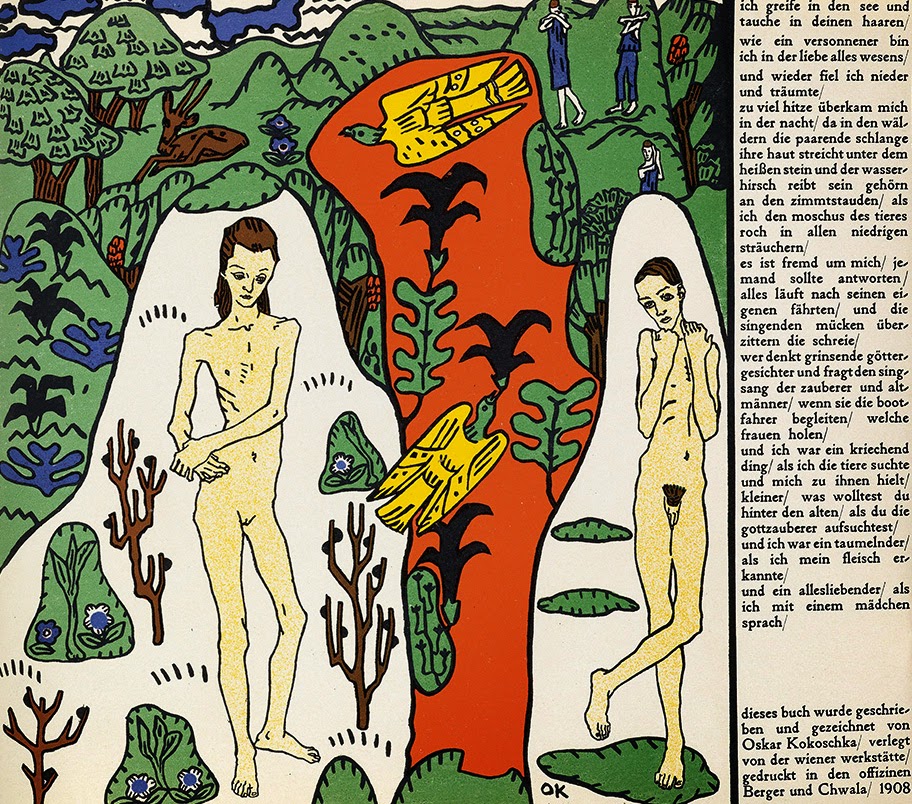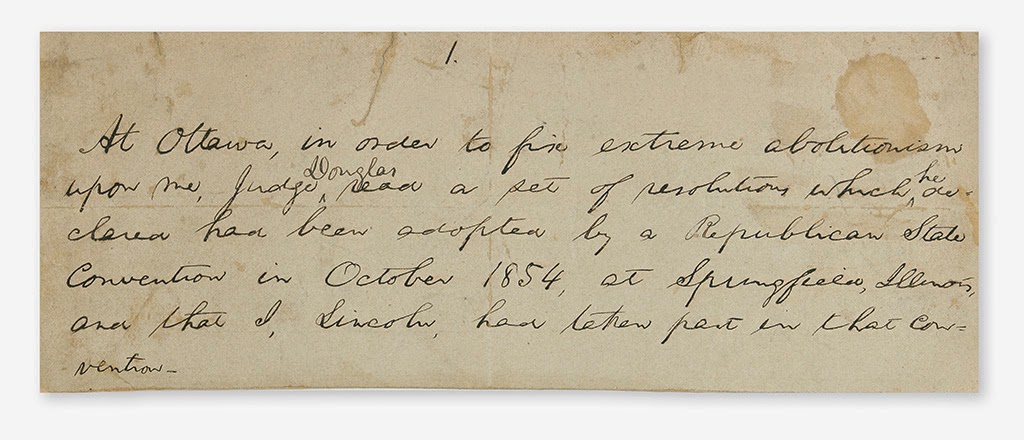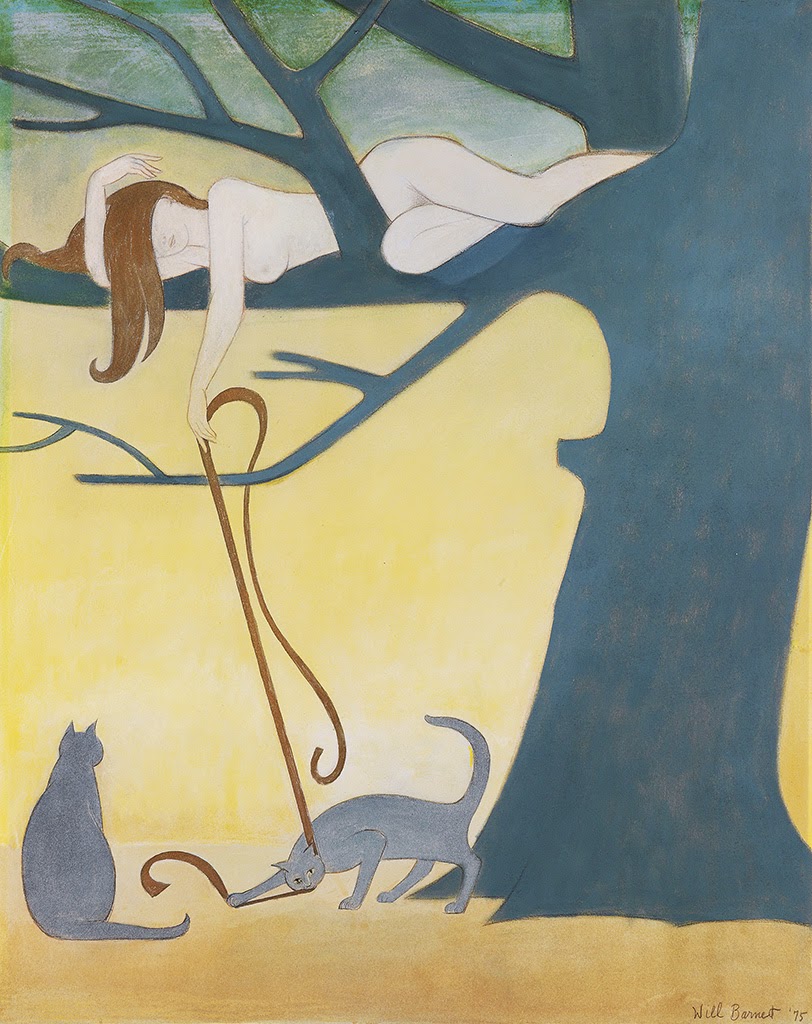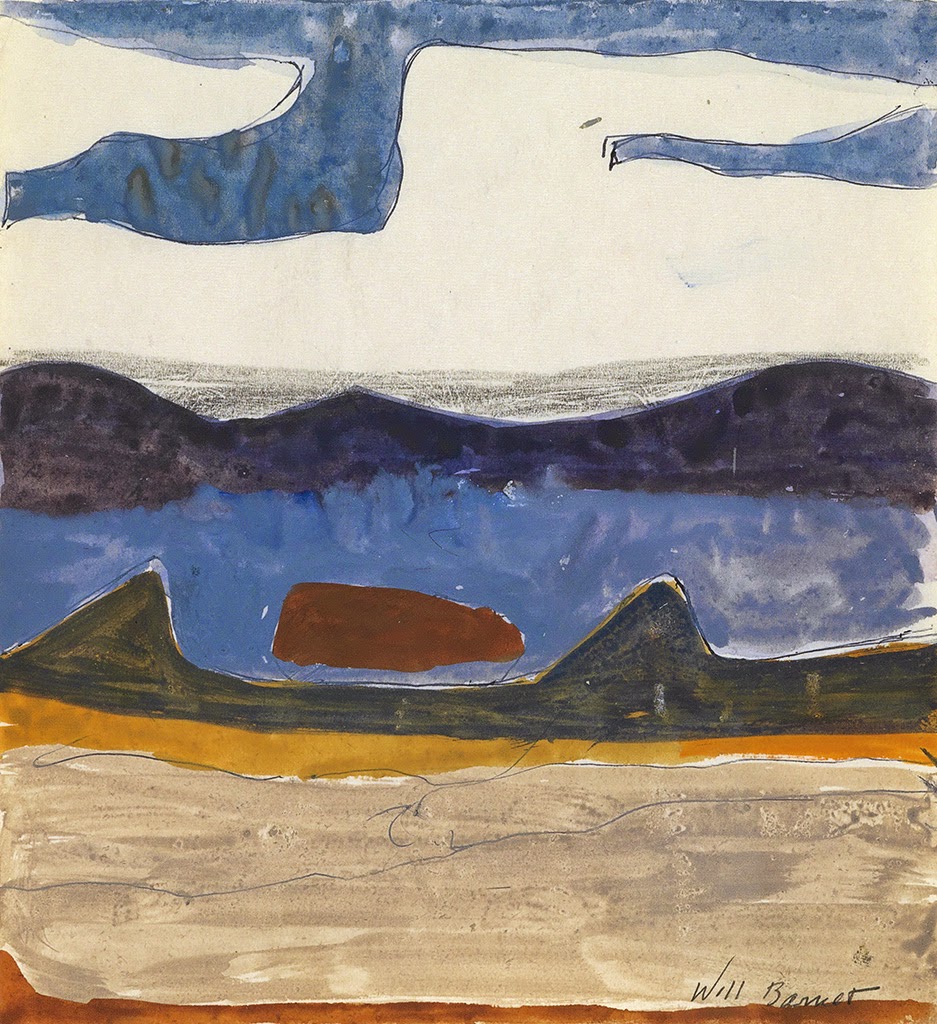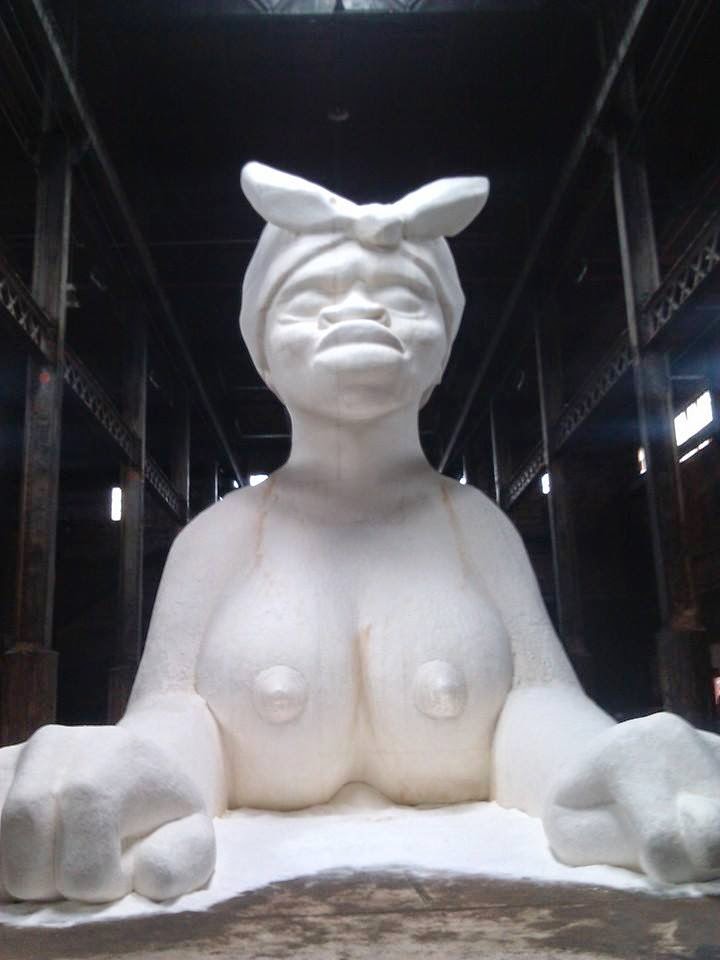Marco Tomaschett, Swann Galleries' Autographs specialist, wrote this piece about clipped autographs, which appeared in Antiques & Auction News last week. Here is his piece in its entirety:
Since there are few alive today who have witnessed the burning of the ancient library at Alexandria, it can be stated with some confidence that one of the most horrifying things witnessed by a serious collector of autographs is a desirable signature that has been clipped out of its document.
![]() |
| Lot 155: George Washington Autograph Manuscript, unsigned, 28-word fragment from the discarded draft of his first inaugural address. Inscribed in right margin by Jared Sparks. |
Autographs are vestiges of history that tell their stories to the attentive listener more completely the more they remain a part of their original context. Thus, complete documents are preferable to fragments and archives of related items are more desirable than individual documents. Although one might point to auction houses and dealers in autographs as the primary culprits in the crime of rending history into incoherent fragments, one could also argue that the same actors are equally responsible for the preservation of items that would have been destroyed, had they not been redistributed to collectors with the will and means to preserve those snippets of history.
Perhaps the earliest practitioners of snatching bits of history were collectors themselves. Some German speakers of the 15th century maintained an alba amicorum, an album containing the inscriptions of classmates and academic associates. The practice evolved and spread throughout Europe, and by the 17th century, “friendship books” had become common. The owner of such a book would invite friends or visitors to write or draw something, so that they might be more vividly remembered. Albums were often brought on trips to record encounters with remarkable figures, places, or events. In the 18th century, an influential hobby emerged of supplementing the printed pages of a copy of James Granger’s Biographical History of England by inserting related autographs, printed portraits, and other matter. This “Grangerising” did much to generate interest in the collecting of autographs and other items in albums and scrapbooks. Beginning in the 19th century, many Americans developed an interest in collecting autographs of early American heroes, especially the signers of the Declaration of Independence. The demand for autographs generated sufficient pressure to tempt some owners to put scissors to their whole documents and some collectors to accept the clipped results.
![]() |
| Lot 135: Autograph Manuscript Signed, "Lincoln," in the third person within the text, five lines of notes from the Lincoln-Douglas debate at Galesburg, IL. |
One such scissor-wielder, Jared Sparks, likely gained no advantage from distributing the autographs in his charge, except the satisfaction of having pleased another collector. Sparks, before becoming president of Harvard in 1849, was given the papers of George Washington, so that he might publish them in his Life and Writings of George Washington, 1834-37. When his work was completed, Sparks complied with the growing number of requests for samples of Washington’s writing, and when he had sent nearly all the “trifling” items, he began cutting into strips the remaining “trifles,” so as to please as many collectors as possible. Today, it is not difficult to recognize the historical importance of many of the items Sparks seemed to view as being sufficiently insignificant to send to collectors. It would surprise many to find that Washington’s first draft of his first inaugural address was among the victims of Sparks’s scissors, even after taking into account the fact that the first draft was not the speech Washington actually delivered. A fragment of that early draft is being offered as lot 155 in Swann’s May 22 autographs auction. The incomplete phrases that can be read in the Washington fragment do not seem especially important in themselves, but with some scholarship and imagination, the humility, duty, struggle, and optimism expressed by the young country’s first president can be reconstructed. If no collectors had pestered Sparks for autographs, one might wonder whether Washington’s first inaugural draft would have been neglected and lost altogether, like countless other items whose value was not recognized by their early protectors. ![]() |
| Lot 126: Thomas Jefferson Clipped Signature, "Th:Jefferson," as Secretary of State, on a slip of paper removed from an act of Congress. |
Another snippet in the May auction whose value is not evident on its face is lot 135: a single sentence, evidently from a longer manuscript, by Abraham Lincoln. The sentence is very similar to words Lincoln spoke during the Lincoln-Douglas debate at Galesburg in 1858. We know what Lincoln said during the debates, not from prepared speeches whose manuscript drafts have been preserved—since the response portions were extemporaneous—but from local newspaper accounts. After the debates, Lincoln clipped the newspaper articles that recorded his words and assembled them in a scrapbook, making corrections where necessary, ultimately having the result published as Political Debates Between Hon. Abraham Lincoln and Hon. Stephan A Douglas, Columbus, 1860. The undated fragment in lot 135 was likely written contemporaneous with the debates, as the handwriting is very similar to that of Lincoln during the debates. With the likely exception of this fragment, Lincoln’s notes from the debates were lost, possibly consigned to the waste bin, since the book Lincoln had edited was the most authoritative account of what was spoken during the debates.
Every little stitch of history that has been left to us can be a blessing for the collector, even those bits that have little more to them than a signature. Sometimes, close attention can unlock some of the story behind such a scrap. For instance, on the verso of the clipped signature by Thomas Jefferson (little more than 2 inches long) in lot 126 of the May auction, a few printed words reveal that the signature was once part of an act of Congress establishing in 1793 the first Federal maritime infrastructure including lighthouses, beacons, buoys and piers.
![]() |
| Lot 2: Autograph Letter Signed, "A Hamilton / A[ide]D[e]C[amp]," to Major-General Lord Stirling, signature clipped out of letter and later replaced. |
In rare cases, a collector can reunite a clipped signature with its complementary document, such as can be seen in the Alexander Hamilton letter in lot 2 of the May auction. In this letter, in which Hamilton writes from Morristown in 1777 as George Washington’s aide-de-camp, the signature in the closing had clearly been clipped out and later restored. One can only speculate whether the restoration was done by a remorseful scissor-wielder or an attentive collector who owned one part and happened upon the other.
Although it is easy to see why the collector might prefer whole documents and undisturbed archives, the historical importance of an artifact is not always so obvious. For historians and collectors of the future, there will always be gratitude for the quiet heroism of today’s collector who harbors an appreciation for the snippets of history.

